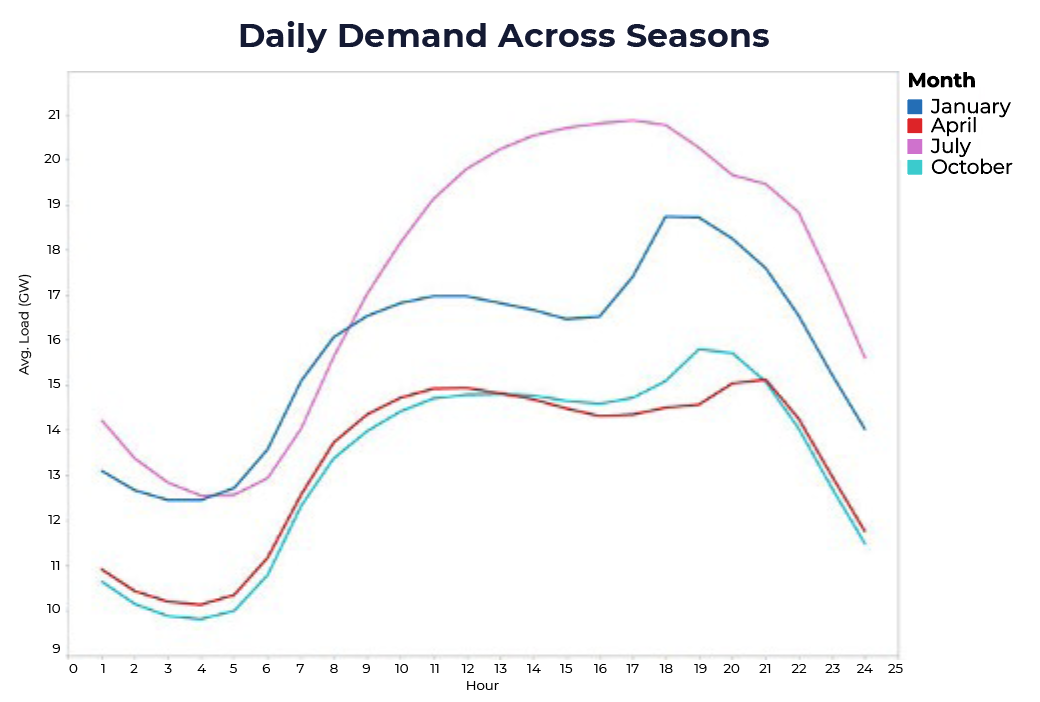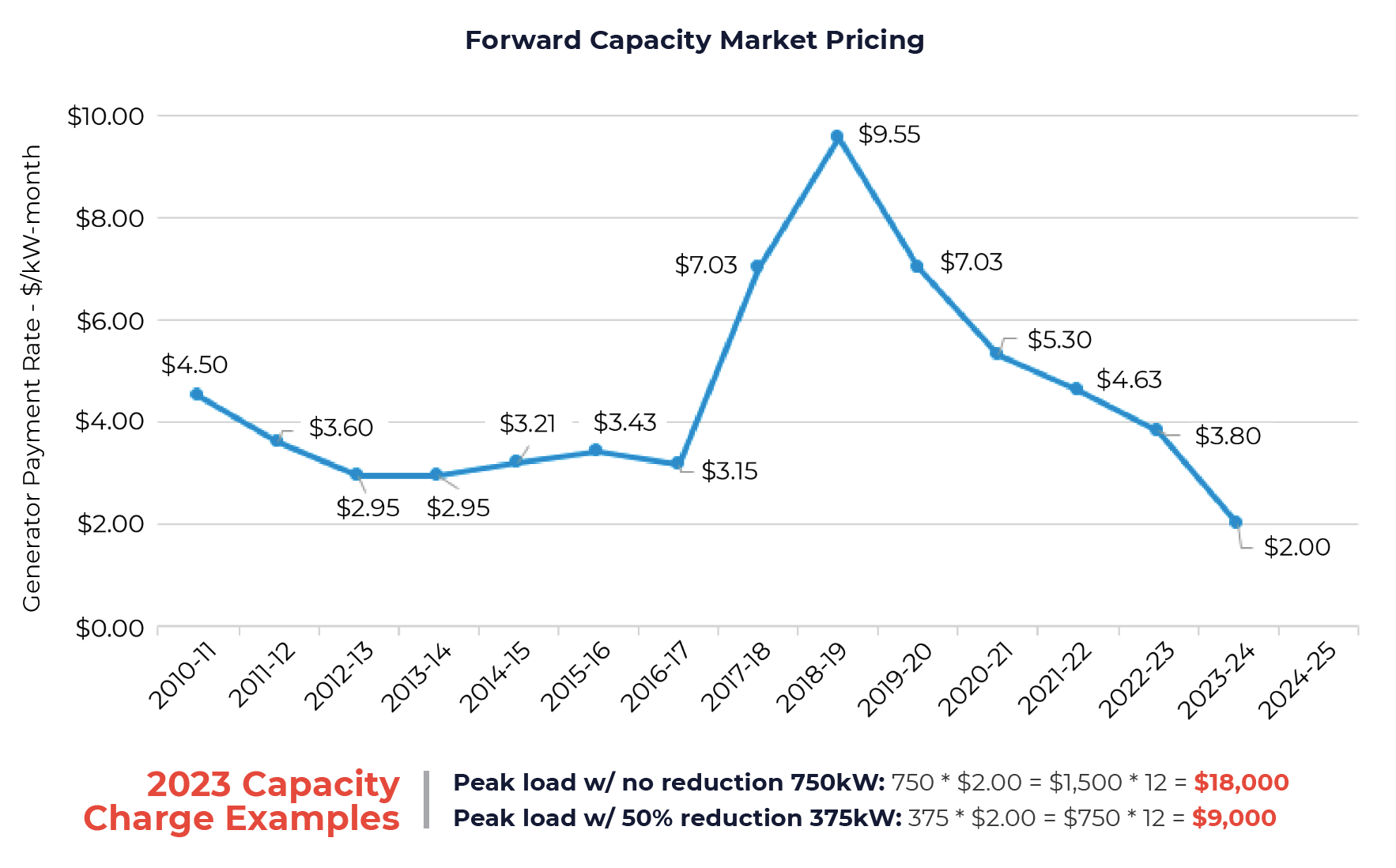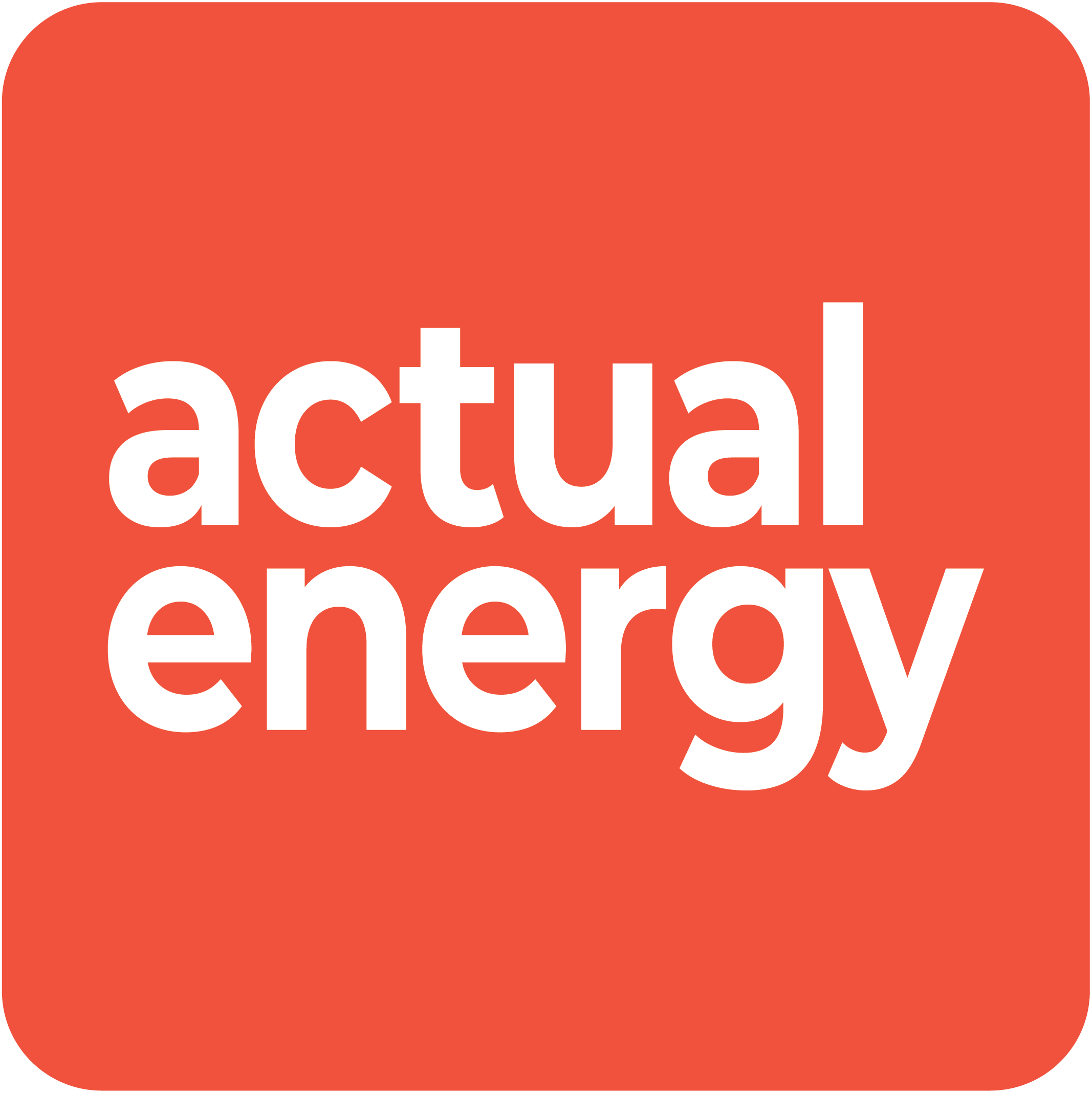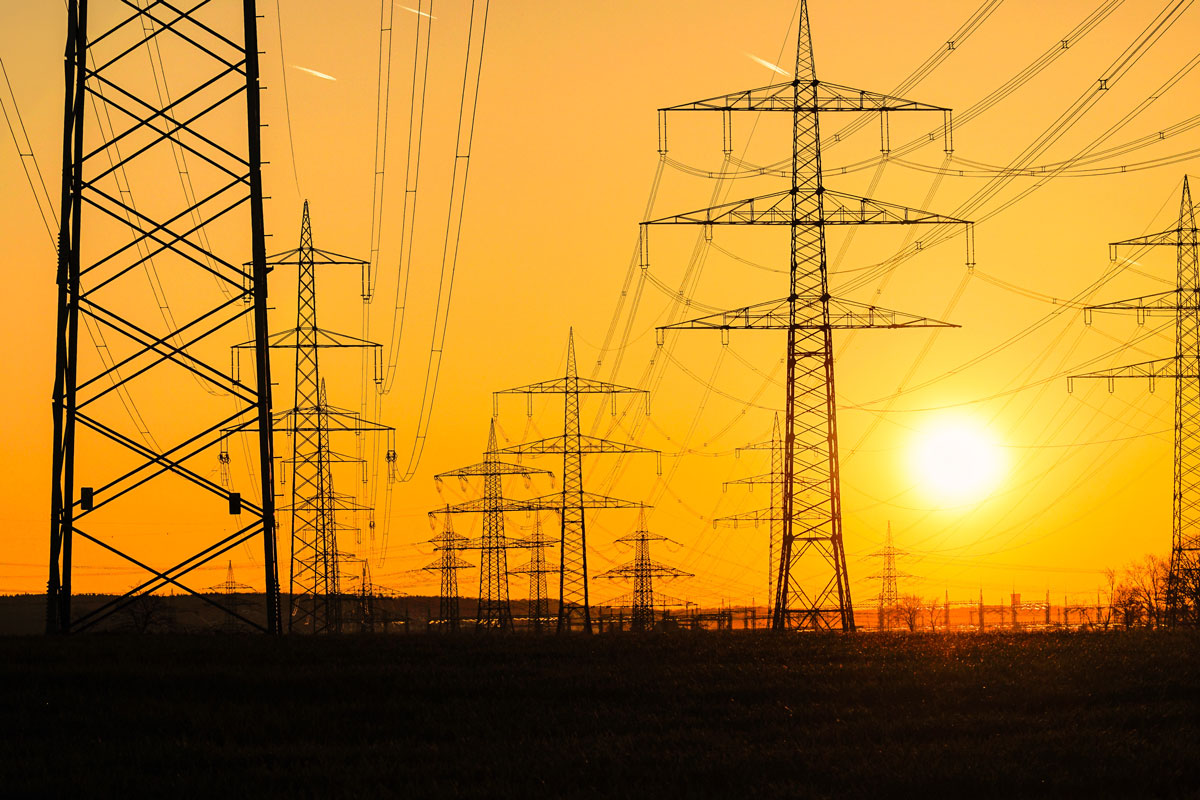The summer season for peak demand management has begun (June 1). The peak demand hour—the one hour of the year when the electric grid experiences the highest total demand—typically occurs in the late afternoon after several days of high temperatures when air conditioning units are struggling to remove heat from buildings. There are usually 5 to 8 days during the months of June, July, August—and sometimes early September—when the peak hour is likely to occur. Managing demand on each of these days can lower your potential peak load contribution and next year’s capacity charge.
Understanding the ISO-NE load duration curve and its relation to your building’s individual load and capacity charges will save you money. It should be noted that when demand on the grid is high, ISO-NE may activate its reserve generation, which includes oil and coal. With demand reduction efforts across industries, it is possible to avoid the use of these fossil fuels, thereby reducing greenhouse gas emissions and environmental impact.

Figure 1 shows seasonal demand curves, and demonstrates the materially higher grid demand during the summer, especially in the late afternoon. While the peak demand hour typically occurs in July, it has also occurred in June and into late August, so pay close attention to our Actual Peak Alerts to capture that one important hour in the 8760 hours in the year.
What is a capacity charge?
Your capacity charge is based on the Forward Capacity Auction price and your peak load contribution at the time of the coincident peak in the ISO-NE system (i.e., the peak demand hour described above). Your capacity charge is one of the components passed through to you by Actual Energy and can constitute approximately 30% of your energy bill for the following year. By managing your demand during the peak hour, you can reduce your capacity charge and generate substantial cost savings on your electricity supply bill.
The Forward Capacity Auction is set three years in advance through ISO-NE. The chart below shows capacity pricing between 2011 and 2025. Though the pricing decreases over the next few years, it is still important to manage your peak demand, as it contributes to the price you will pay the following year for your electricity supply.

How can I reduce my capacity charge?
This summer, plan on being in the state of mind to take action: be in tune with the flow of energy and how energy is being used in your building(s) as summer temperatures rise and reliance on HVAC equipment increases. Remember that avoided capacity saves money, energy, and carbon, and complements demand response and utility programs.
In addition to cost savings, are there other benefits to capacity charge reduction efforts?
Yes! There are significant environmental benefits to capacity tag and overall peak demand management efforts. When demand on the grid is high, electric grid operators must activate reserve generation, which includes oil and coal—fossil fuels with the highest carbon intensities. On a macro level, demand reduction efforts across industries may contribute to the avoidance of these fossil fuels, thereby reducing greenhouse gas emissions and environmental impact. On a micro level, these efforts can help individual companies achieve Scope 2 (purchased electricity) emissions targets. Further, the electric grid of the future will require increasingly flexible usage patterns to manage intermittent renewables and distributed resources. Peak demand reduction is therefore a key part of the clean energy transition.
Here’s what you can do today:
- Sign up for our Peak Alerts to be notified of potential peak demand hours over the course of the summer. We’ll keep you apprised of conditions that would warrant action on your part.
- Engage our team! We are standing by, ready to help you reduce your capacity tag by assessing your current energy situation, making innovative, cost-effective recommendations, and ensuring that you optimize usage and equipment for cost savings and carbon reduction.




